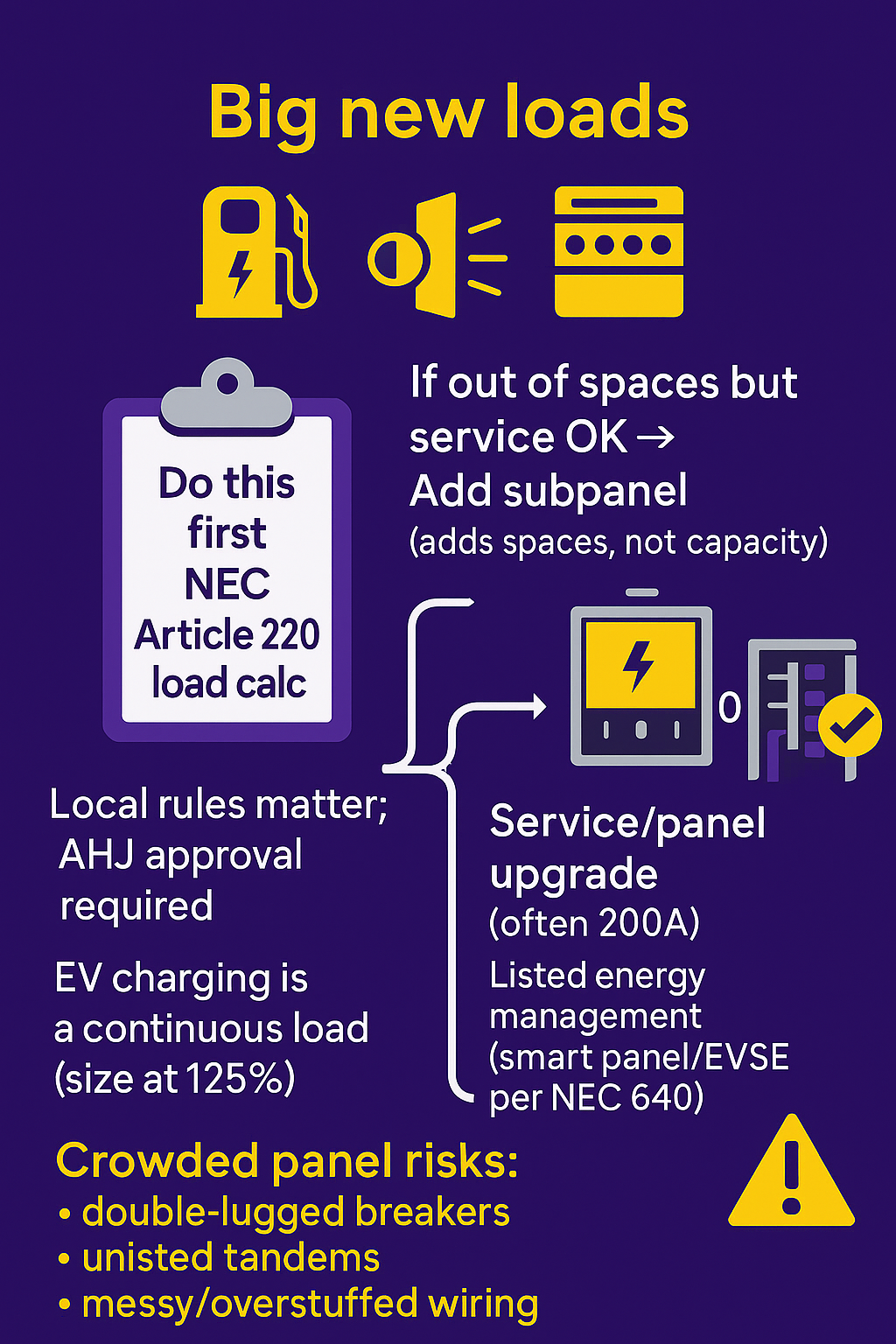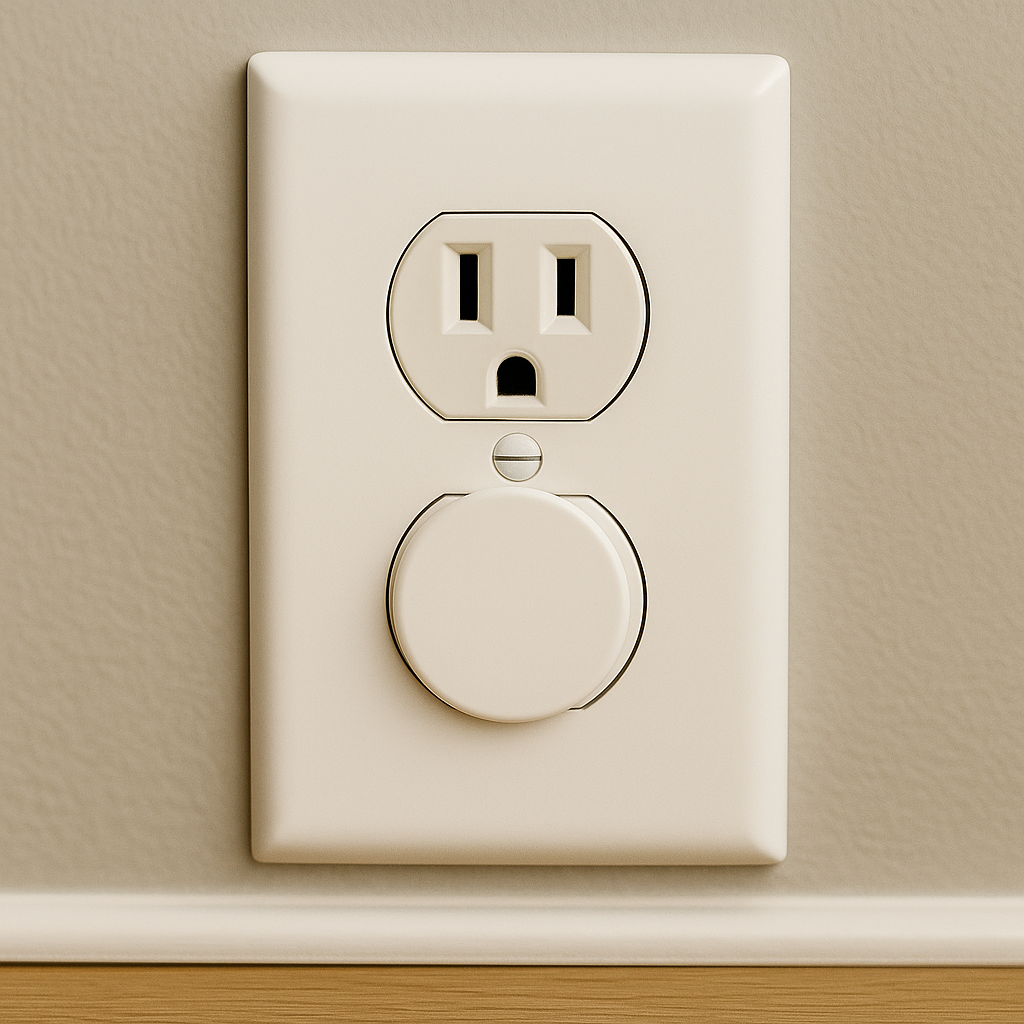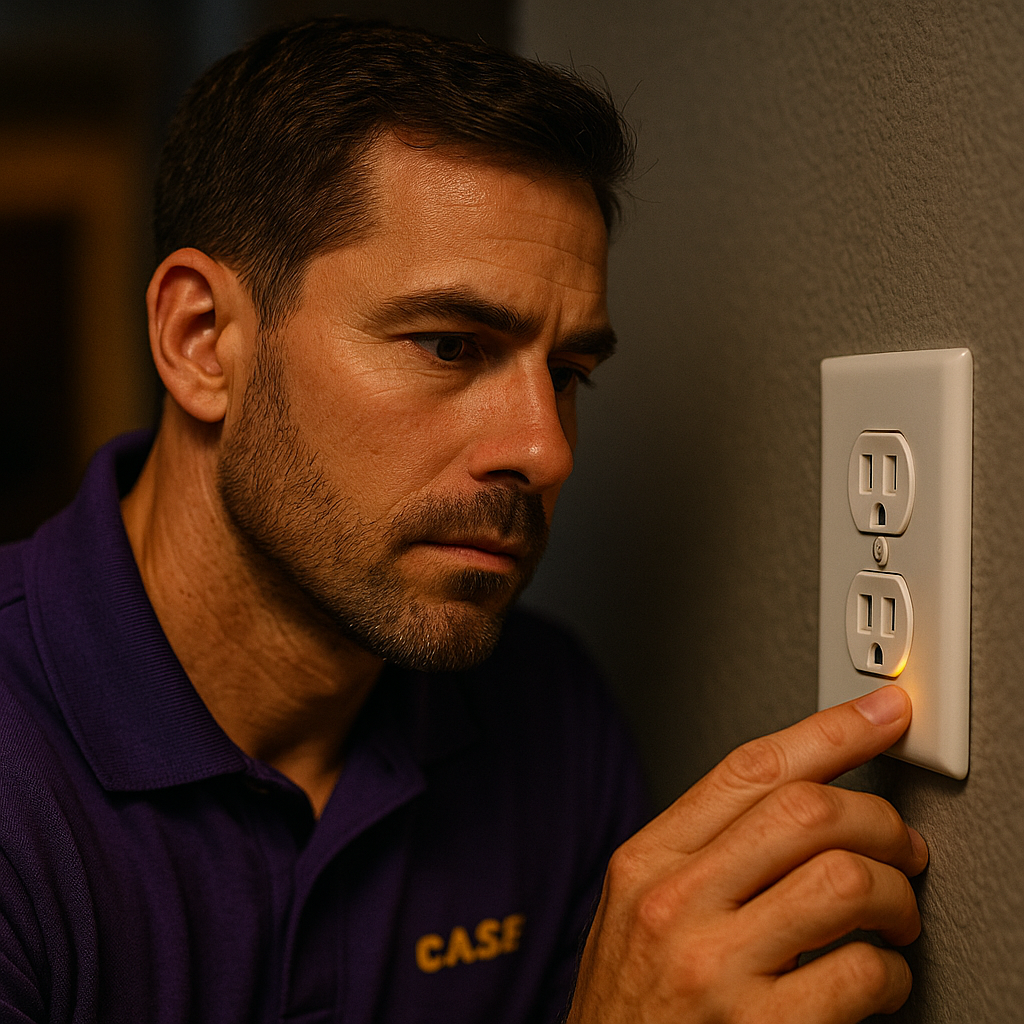Electrical Panel Upgrades: When and Why You Need One
Introduction
Your electrical panel, also called the breaker box or load center, is the control hub that safely routes power from the utility to every circuit in your home. As everyday living shifts toward higher electrical demand (think EV chargers, heat pumps, induction ranges, hot tubs, home offices, and ever-growing smart tech), panels installed 20–40 years ago often weren’t designed for today’s loads. The result can be nuisance breaker trips, dimming lights when large appliances start, overheated breakers, or limited space for new circuits. Left unaddressed, these symptoms point to capacity, safety, or reliability risks that an electrical panel upgrade can solve.
Upgrading isn’t only about more amperage; it’s about modern protection and compliance. Newer panels support AFCI and GFCI breakers to reduce arc and ground-fault hazards, offer cleaner grounding and bonding, and make room for whole-home surge protection. During an upgrade, a licensed electrician also performs a load calculation, corrects improper wiring, replaces aging service equipment (like meter bases or service masts if needed), and labels circuits for faster troubleshooting, all of which improves day-to-day reliability and long-term safety.
Timing matters. Planning a kitchen remodel, finishing a basement, adding central AC, or installing an EV charger are ideal moments to upgrade, because walls are open and permits are already in motion. Proactive owners also upgrade when the panel is 25+ years old, when breakers or bus bars show heat damage, or when outdated equipment (e.g., old fuse or split-bus panels) limits expansion. Beyond safer operation, a modern, code-compliant panel can smooth home inspections, satisfy insurance requirements, and enhance resale confidence, making it a practical upgrade that protects your family and your home’s value today and for years to come.
Table of Contents
- Signs You Need an Electrical Panel Upgrade
- Benefits of a Modern Electrical Panel
- Timing Your Upgrade: Key Triggers
- Upgrade Process Overview
- Budgeting & Cost Considerations
- Selecting the Right Electrician
- Conclusion
- Helpful Links
- Frequently Asked Questions
Signs You Need an Electrical Panel Upgrade

The clearest indicator is persistent breaker tripping when you use multiple high-draw appliances at once. This behavior suggests your circuits or the main service capacity are at their limits. Dimming or flickering lights when large loads start up reveal voltage drops that typically accompany undersized or overloaded panels. Unusual sounds such as humming or buzzing from the breaker area, or any warmth on the panel face, can point to loose terminations or internal wear that should be addressed quickly. Running out of breaker spaces or relying on extension cords and power strips for permanent appliances signals an infrastructure mismatch between how you live and what your panel can support. Finally, older technologies, like fuse boxes and pre-1960s split-bus panels, lack modern safety features, while homes undergoing additions, garage conversions, or workshop installations almost always need additional capacity and better circuit distribution. Any combination of these signs is a strong prompt to evaluate a circuit breaker upgrade.
Benefits of a Modern Electrical Panel
A modern load center improves safety by enabling arc-fault and ground-fault protection where required, sharply reducing the risks of electrical fire and shock. It restores headroom by increasing panel capacity, often to a 200 amp service, so simultaneous loads like HVAC, an induction range, and an EV charger can operate without nuisance trips. Day-to-day reliability improves because today’s breakers are more accurate and less prone to false trips, while integrated or add-on whole-home surge protection shields electronics from transient spikes. Compliance benefits are significant as well; a current-code panel streamlines permits and inspections, reassures homebuyers and insurers, and creates a clearer path for future upgrades. For technology-forward homes, newer panels also support smart breakers and energy monitoring, providing circuit-level data that helps optimize usage and plan for additional loads.
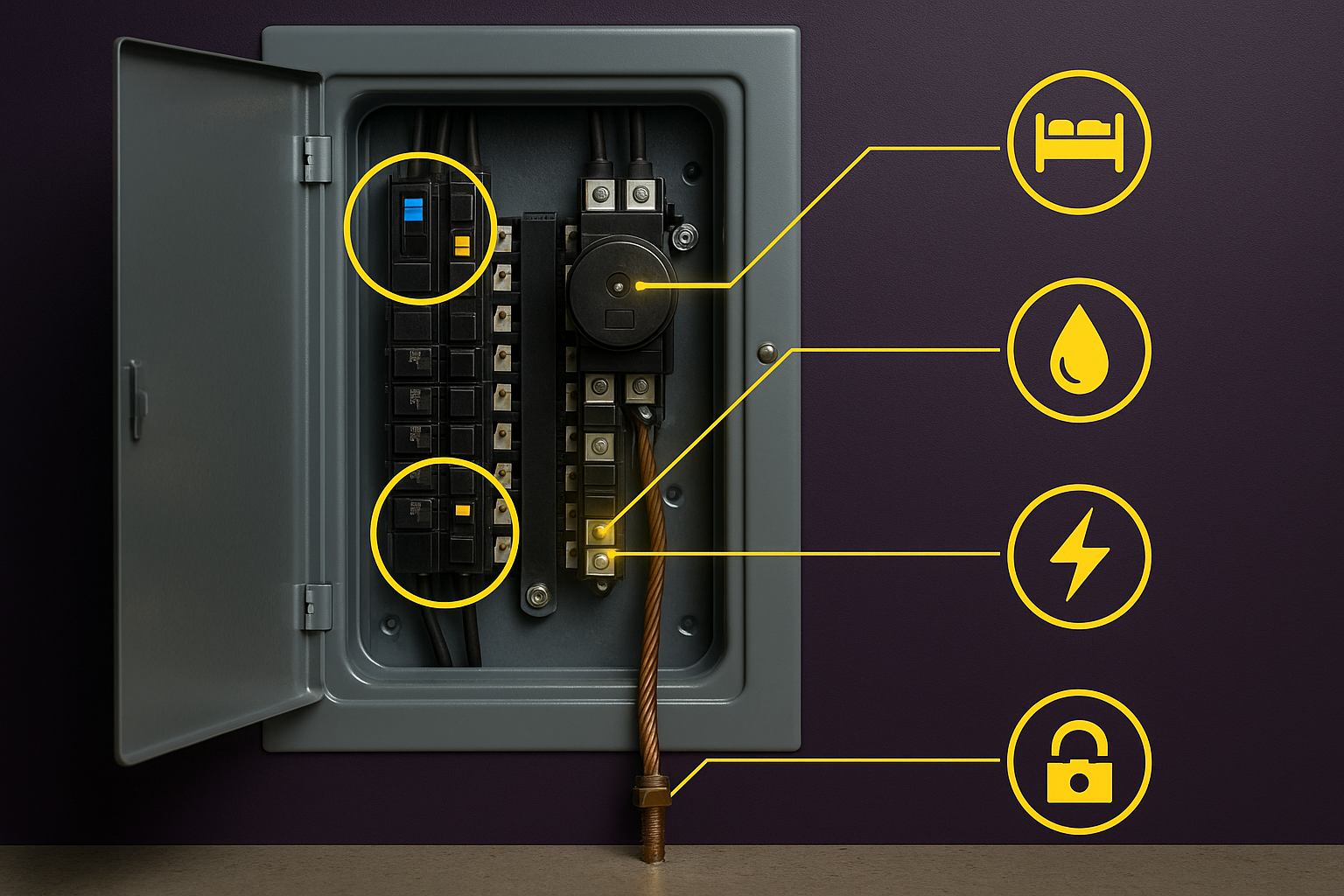
Timing Your Upgrade: Key Triggers
The best time to upgrade is before you commit to projects that add substantial load, such as installing a Level 2 EV charger, switching to electric heating or cooking, adding a hot tub, or finishing a space with dedicated equipment. Scheduling the panel work alongside a remodel keeps costs down because electricians can pull new circuits and tidy routing while walls are open. Real-estate milestones are another practical trigger; addressing panel limitations prior to listing can prevent inspection delays and price renegotiations, while upgrading shortly after purchase aligns the home with your planned lifestyle. Age also matters: once equipment crosses the 25-year mark, the likelihood of corrosion, heat stress, and component fatigue increases, making a preventive upgrade a sensible choice.
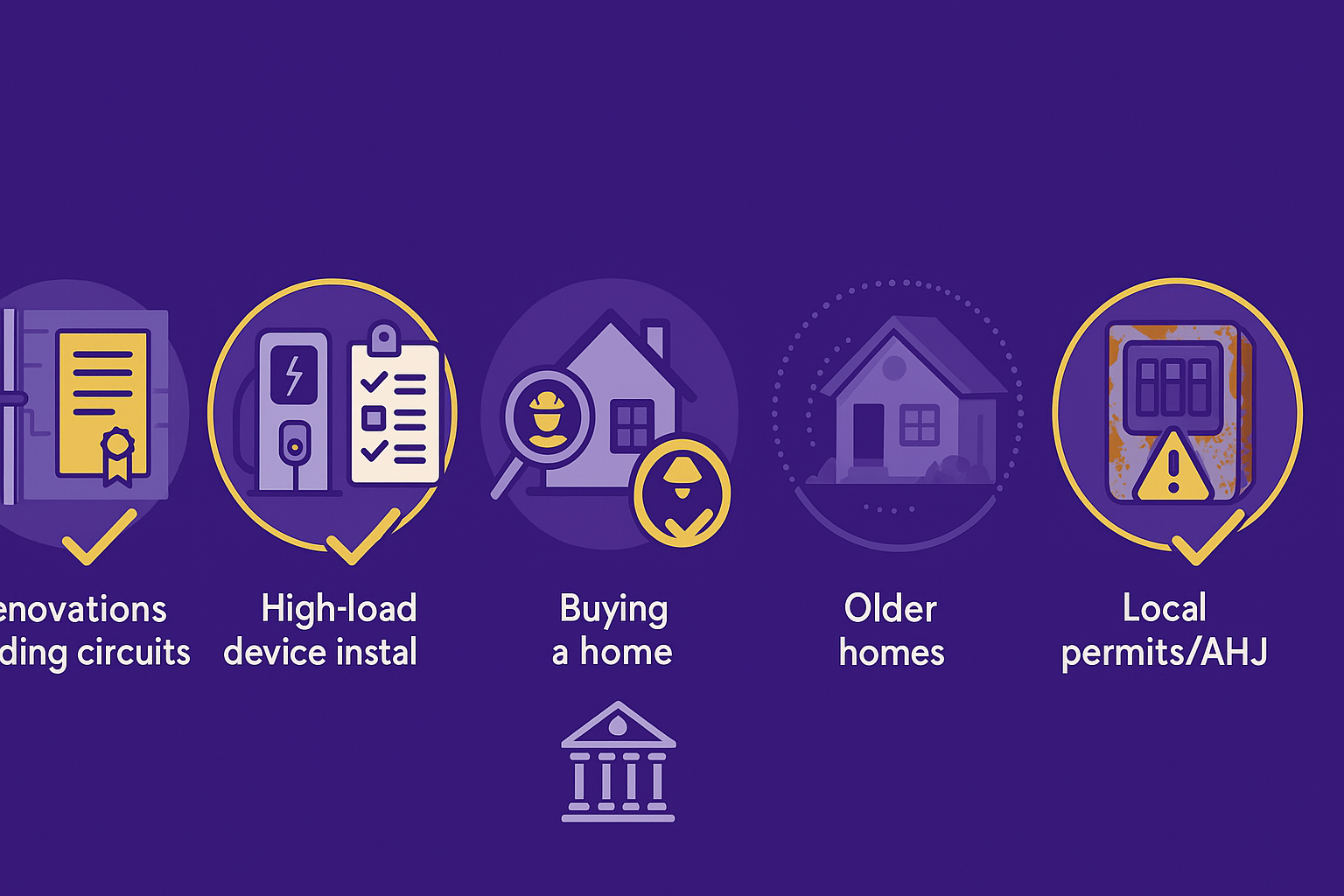
Upgrade Process Overview
Every project begins with an assessment and load calculation, where the electrician reviews your current panel, service conductors, grounding and bonding, and typical usage patterns to size the new equipment correctly. With a plan in place, the contractor pulls the necessary permits and coordinates a temporary power shutdown with the utility so the work proceeds safely and legally. On installation day, the old panel is de-energized and removed, the new panel is mounted and properly grounded and bonded, and breakers are installed and terminated to manufacturer torque specifications. Circuits are mapped and labeled accurately, and critical protection such as GFCI, AFCI, and surge devices are installed where appropriate. The job concludes with testing and a final inspection by the local authority to verify compliance with the National Electrical Code and local amendments, after which the utility restores power and your upgraded system goes live.
Budgeting & Cost Considerations
Costs vary with service size, equipment brand, the condition of existing wiring, and local permitting. A typical upgrade from a 100 amp to a 200 amp panel often ranges from $1,200 to $2,500 for standard equipment and straightforward conditions. Choosing premium gear or adding a whole-home surge protector can add a few hundred dollars but offers meaningful long-term protection for electronics. If your project requires new circuit runs, grounding upgrades, meter base replacement, or relocation of the panel for better code clearance, expect incremental labor and material costs. Permit and inspection fees usually fall in the $100 to $300 range depending on jurisdiction. Building in a 10–15% contingency covers surprises like brittle conductors, corroded lugs, or undersized service masts discovered during the work. To keep the budget predictable, request written proposals that specify panel size, including breakers, surge protection, permit handling, cleanup, disposal of the old equipment, and an estimated timeline.
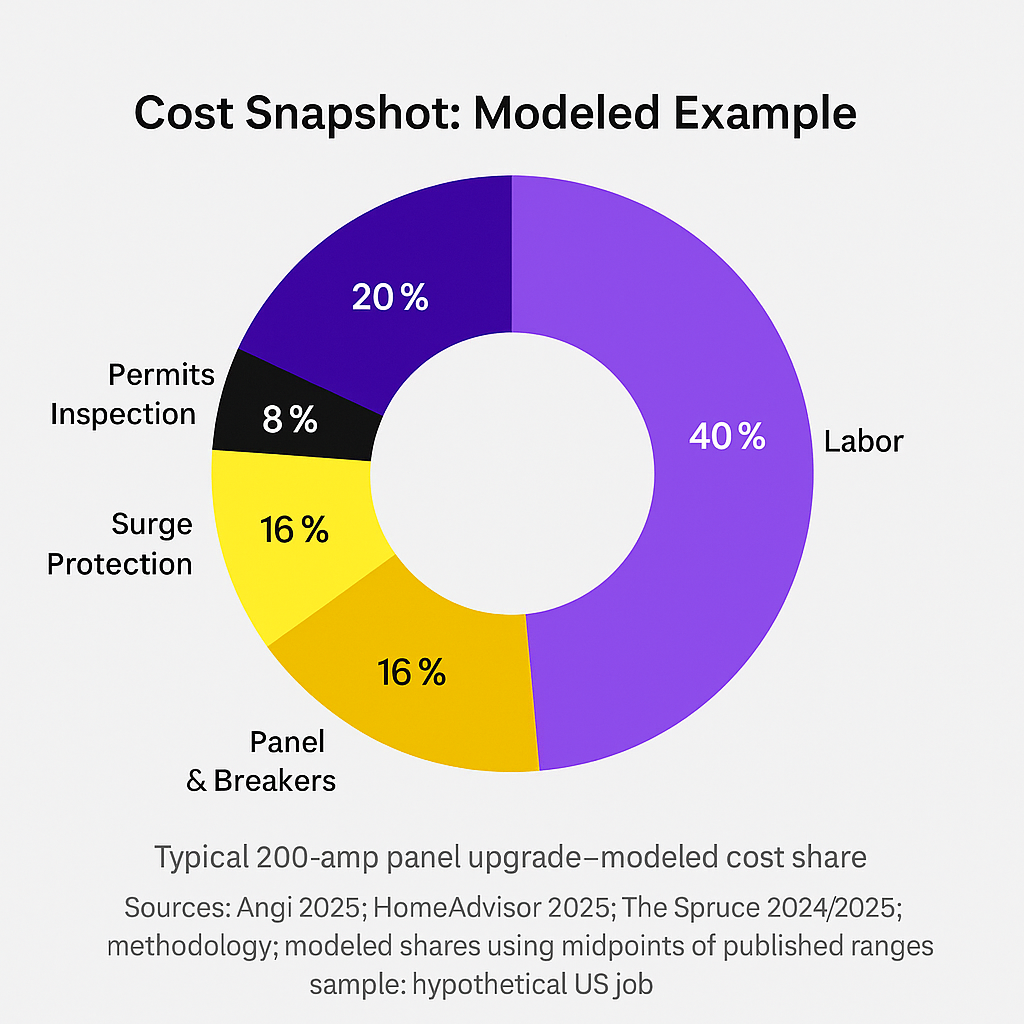
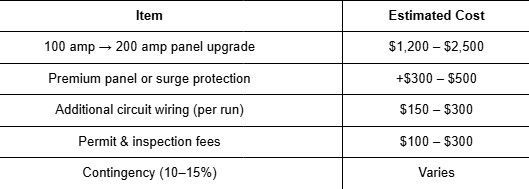
A practical way to evaluate quotes is to compare warranty terms, the number and type of breakers included, and whether load calculations and labeling are clearly spelled out. If financing helps, ask about staged payments tied to inspection milestones.
Selecting the Right Electrician
The right contractor brings licensing, insurance, and a strong track record with panel replacements in homes like yours. Ask for the license number and verify it with your state, then look for recent projects that resemble your scope, especially if you are adding high-draw equipment like an EV charger. A professional proposal should explain the chosen service size, panel brand, breaker types, surge protection plan, and any upgrades to grounding or the meter base. It should also outline the outage window, cleanup plan, and how the team will protect nearby finishes during work. Favor companies that offer workmanship warranties and are responsive after the job for minor adjustments or questions. Clear communication during the permitting and inspection stages is a good sign you’ll have a smooth experience from start to finish.

Conclusion
Upgrading your electrical panel isn’t just a fix for nuisance trips, it’s a smart, safety-first investment that aligns your home’s power system with how you actually live today. A modern, correctly sized panel restores headroom for simultaneous loads, adds AFCI/GFCI protection to reduce fire and shock risks, and creates space for whole-home surge protection. It also clears common inspection roadblocks and boosts buyer confidence, especially valuable if you plan to sell or refinance. If you’re seeing dimming lights under load, feeling warmth at the panel, running out of breaker spaces, or relying on extension cords for permanent appliances, you’re not just inconvenienced, you’re getting useful early warnings that capacity and protection are due for an upgrade.
A well-run upgrade follows a clear, code-compliant path: a licensed electrician performs a detailed load calculation, evaluates grounding and bonding, and specifies the right equipment (often a 200-amp service) with the proper mix of standard, GFCI, and AFCI breakers. They coordinate permits and a planned outage with the utility, replace aging service components if needed, install a listed surge protective device, torque terminations to spec, map and label every circuit, and guide you through final inspection. Done right, most homes experience only a single workday of downtime, and you’re left with a safer, cleaner, and far more resilient electrical backbone that’s ready for EV charging, heat pumps, induction cooking, workshops, and future electrification.
Cost control and long-term value come from clarity: insist on written proposals that spell out panel size, including breakers, surge protection, any meter-base or grounding upgrades, permit handling, cleanup, and warranty. Consider energy-monitoring options to see circuit-level usage, spot inefficiencies, and plan future additions without guesswork. The payoff is fewer headaches, lower risk, and a power system that supports your lifestyle for years.
If you’re unsure whether you need an upgrade, or you’re ready to schedule a load calculation and panel replacement, reach out for a quick assessment and a transparent, line-item estimate. Ryan at C.A.S.E. Contracting is local, licensed, and happy to walk you through options, timelines, and what will best future-proof your home.
Helpful Links For You
Calculating Lighting/General Loads (IAEI Training Shorts)
UL 1449 Surge Protection Basics (UL)
Express Permit Program for Electrical Work
Frequently Asked Questions
1. How long does a panel upgrade take?
Most residential upgrades finish in 6–8 hours; complex rewiring may extend to two days.
2. Will I lose power during the upgrade?
Yes, expect a planned outage of several hours while the utility disconnects and reconnects service.
3. Can I DIY a panel upgrade?
No. Panel work involves high-voltage hazards and requires licensed professionals and permits.
4. Do modern panels require less maintenance?
Yes, new breakers are more reliable and feature self-testing AFCI/GFCI technology that reduces manual checks.
5. What safety features should my new panel include?
Look for arc-fault (AFCI), ground-fault (GFCI), and surge-protection breakers for maximum safety.

